In the 1960s and 70s, South Korea experienced one of the fastest fertility declines in the world, halving the number of children born per woman from over 6 to less than 3 in just 18 years. In large part, this was due to early government recognition that fertility reduction is a component of development, a strategy that generated rapid economic and social development. A strong family planning program aided the fertility decline. With the right policies, South Korea can take advantage of below replacement fertility as a springboard for social change, biodiversity conservation, and living in balance with nature.
By Jenna Dodson

In 1961, the Korean government adopted a national family policy as part of its long-term economic development plan. A national family planning program was created with plans to lower the population growth rate 1% by 1971[1] through increasing contraceptive use by married couples. An innovative plan was developed with specific achievement targets and regular evaluations, allowing the program to adapt and improve over time. Decentralization was considerable; goals were allocated first by province, then county, then township, with local governments instructed to give due attention to the program and add personnel 1.
Education about contraceptive methods and associated benefits was vital, and information was diffused through radio, movie shorts, sound trucks, and printed materials such as posters and leaflets. The private organization Planned Parenthood Federation of Korea (PPFK) handled much of the public education. With help from the Ministry of Culture and Public Information, they mobilized newspapers, film networks and television to promote the benefits of smaller families. Top leaders, including the president, prime minister, and other leading figures, publicly endorsed and privately supported the new viewpoints 1.

Training was a continuous part of the program for all staff, including doctors, health staff, fieldworkers and administrators. A notable effort was the training of 1,473 locally selected township workers resulting in 1 worker for every 1,600 couples in rural areas. The program emphasized the provision of supplies and services to rural areas, and mobile teams were created to serve remote areas 1. Each unit included a physician, a nurse-midwife, a health educator and a driver, and visits focused on areas without doctors and low achievement rates. Home visits and group meetings were common and played an important role in rural areas; for example, mothers’ clubs provided contraception in over 19,000 villages 1.
The program was a major success. The goal of a 1% decrease in population growth was achieved in less than one decade, spurring economic and social development. Fertility continued to fall, falling below replacement (2.1) in 1984, shortly after which South Korea reversed policies towards pronatalism. Despite efforts to raise fertility, fertility has continued to decrease even further below replacement rate since, falling to a record low of 0.98 last year.

Using these fertility estimates, South Korea’s statistics agency expects population will start to decline in 2029. In a country where the 51.5 million residents demand 8x more from nature than its ecosystems can replenish2, there are environmental benefits to be had from the projected decline in human population3. Possible environmental dividends include reductions in resource consumption, ecosystem and biodiversity restoration and protection, and reduced pollution4. These potentially good outcomes will depend on the right policies, and Koreans must “shrink wisely,” with policies that are good for both humans and the environment.
In terms of biodiversity protection, Korea’s most recent National Biodiversity Strategy (2014-2018) laid out a plan to strengthen biodiversity conservation, prioritizing expansion of protected areas as a main goal5. Nevertheless, protected areas remain absent in the regions that need them most, and are threatened by ongoing large-scale development projects6. With effective land-use management and planning policies, peaceful depopulation could reduce development pressures and contribute to an expansion of protected areas4, achieving Korea’s goal to expand protected areas for biodiversity conservation.
In terms of resource consumption, a recent paper estimated the maximum sustainable population size of Korea to be 3.4 million, based on the ability to feed its people7. That is a 48.1 million difference from the current population size. Of course, any ‘maximum population size’ is subject to the criteria selection, but results suggest Koreans need to shrink if they do not want to continue depleting their natural capital at home and overseas. So does the Korean Ecological Footprint Report. The most recent report (2016) found that if the world demanded resources at the same rate as Korea, it would require 3.3 planets2. As total demand is a product of both population and average individual consumption, a natural reduction in population could reduce total demand and allow Koreans the opportunity to use natural resources at a replenishable rate. In this light, the recent projected population decline from 52 million in 2028 to 39 million in 2067 should be a celebrated opportunity.
On the other hand, ultra-rapid population decrease and associated ageing could be too fast for current pro-growth systems and institutions. Efforts to increase fertility, while still keeping it below replacement fertility, may be warranted until the macroeconomic structure is changed to adapt to a declining population. Korea will likely become an “aged” society (one where 14% of the population is greater than 65) next year, completing the transition from “ageing” (seniors making up 7% of population) to “aged” in just 18 years. That will be the fastest transition of any country yet, 6 and 22 years faster than the transitions in Japan and Germany, respectively.
Given the rapid rate of ageing, South Korea must take a good look at policies to adapt to this demographic change. In 2006, the government announced the Vision 2020 Plan to raise fertility and prepare for a society with extreme aging8. One goal was to raise fertility to 1.6, the average for OECD countries, and still well beneath replacement level. Thus far, policies have proved largely unsuccessful due to deep patriarchal values that place the burden for caring for children onto mothers, who face limited childcare options and immense pressure to oversee the children’s costly education9–11. Many South Korean firms are reluctant to employ mothers, doubting their commitment and fearing that they will not put in the standard long, as well as to avoid paying for their legally entitled birth leave. Recent initiatives to expand public childcare facilities and reduce education costs are encouraging, but will not work unless the government addresses the incompatibility of worker and mother roles for women. This requires a reordering of male and female roles in the household, gender policies for equal treatment in the workplace, and shorter working hours, in tandem with improvement in public childcare facilities and reduced education costs 9,11.
Among many initiatives to prepare for a society with extreme aging, the Korean government encourages older people to work longer, and issued an amendment raising the minimum normal retirement age to 60, effective in 2017. Although the desire to work after retirement is relatively high among older Korean people, the labor market is very limited 12. The job market needs changes to accommodate older workers: for example, gradual or alternative retirement arrangements with reduced working hours9. Initiatives like Seoul 50+ aim to redefine work for older members of Korean society by connecting people’s social aspirations with job opportunities. Seniors are able to serve their communities and build social connections, all while earning an income.
Structural, social and policy changes that increase labor force participation among seniors and women with children will promote lifelong welfare, social inclusion and gender equality, desirable goals in their own right. In addition, they will help South Korea adjust to a smaller workforce and ease the socioeconomic transition to a declining population as fertility remains below replacement rate. South Korea has a unique window of opportunity to create a more equal, inclusive society while striking a better balance with nature. With the right social, economic, and land-use policies, South Korea can yet again take advantage of changes in fertility, this time as a springboard for social change and conservation.
[1] From 2.9% in 1961 to 2.0% in 1971.
References
- Robinson WC, Ross JA. The Global Family Planning Revolution : Three Decades of Population Policies and Programs. World Bank; 2007.
- WWF-Korea. Korea Ecological Footprint Report 2016: Measuring Korea’s Impact on Nature. 2016.
- Götmark F, Cafaro P, O’Sullivan J. Aging Human Populations: Good for Us, Good for the Earth. Trends Ecol Evol. 2018;33(11).
- Matanle P. Towards an Asia-Pacific “depopulation dividend” in the 21 st century regional growth and shrinkage in Japan and New Zealand. Asia-Pacific J. 2017;15(6).
- Korea M of E of the R of. Korea’s National Biodiversity Strategy 2014-2018. Sejong Special Self-Governing City, Korea; 2014.
- Borzée A, Strueker M-Y, Yi Y, Kim D, Kim H. Time for Korean wildlife conservation. Science. 2019;363(6432):1161-1162.
- Lianos TP, Pseiridis A. Sustainable welfare and optimum population size. Environ Dev Sustain. 2016;18(6):1679-1699.
- Haub C. Did South Korea’s Population Policy Work Too Well ? https://www.prb.org/koreafertility/. Published 2010. Accessed 30 April 2019.
- Stephen EH. Bracing for Low Fertility and a Large Elderly Population in South Korea. Korea Economic Institute; 2012. http://keia.org/publication/bracing-low-fertility-and-large-elderly-population-south-korea.
- Anderson T, Kohler HP. Education fever and the East Asian fertility puzzle. Asian Popul Stud. 2013;9(2):196-215.
- Friedhoff K. No Silver Bullet: Addressing Population Decline in Japan and South Korea.The Chicago Council on Global Affairs; 2018. https://www.thechicagocouncil.org/publication/no-silver-bullet-addressing-population-decline-japan-and-south-korea.
- Yoon HS. Korea: Balancing economic growth and social protection for older adults. Gerontologist. 2013;53(3):361-368.
Do you want to learn more about the solutions for overpopulation and actions towards sustainability? What actions we need to take on individual, community, national and global level? Check out the Overpopulation Project’s list of solutions!


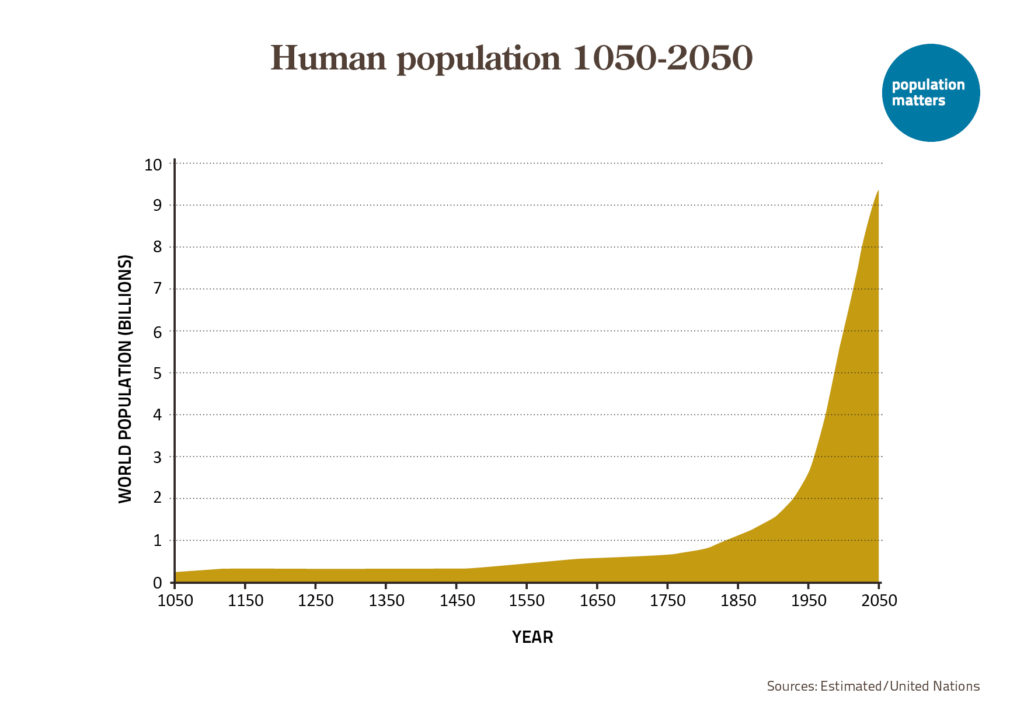
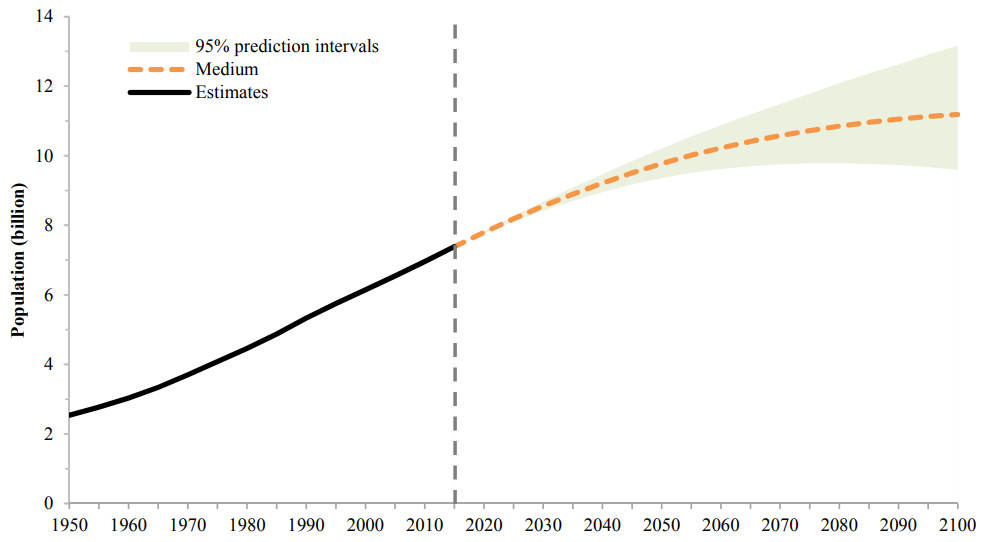
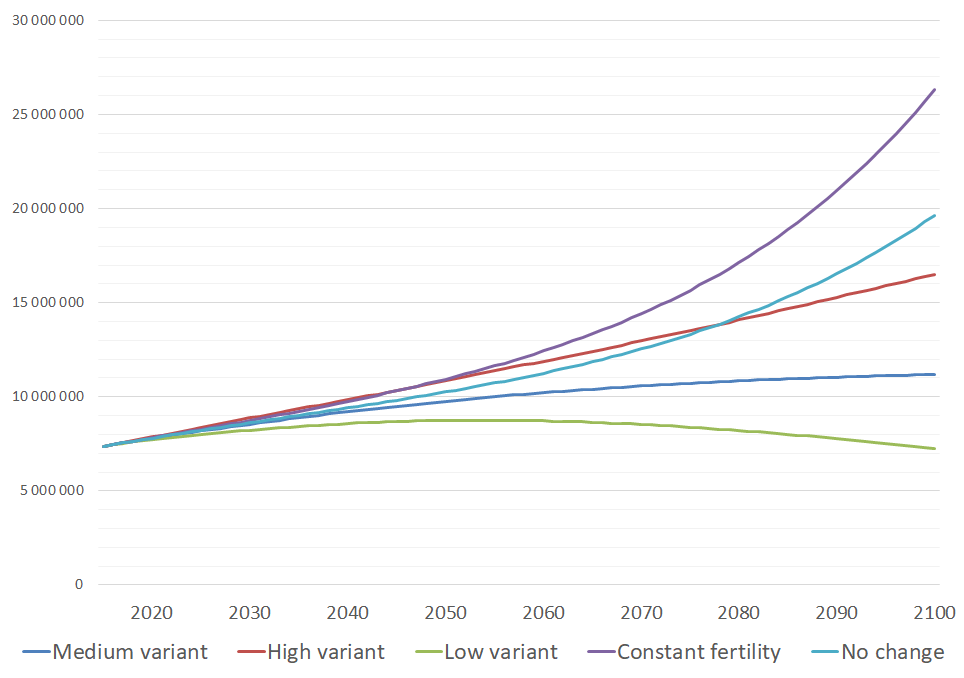
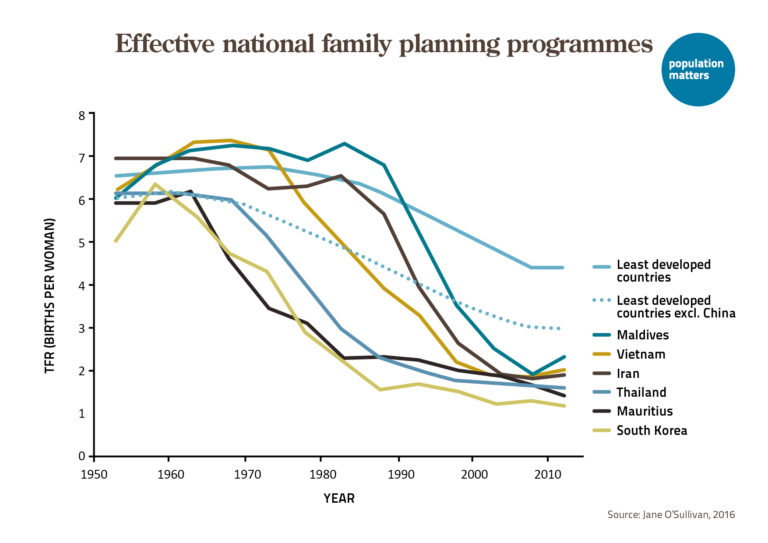

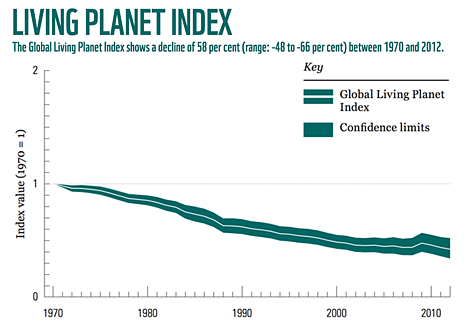
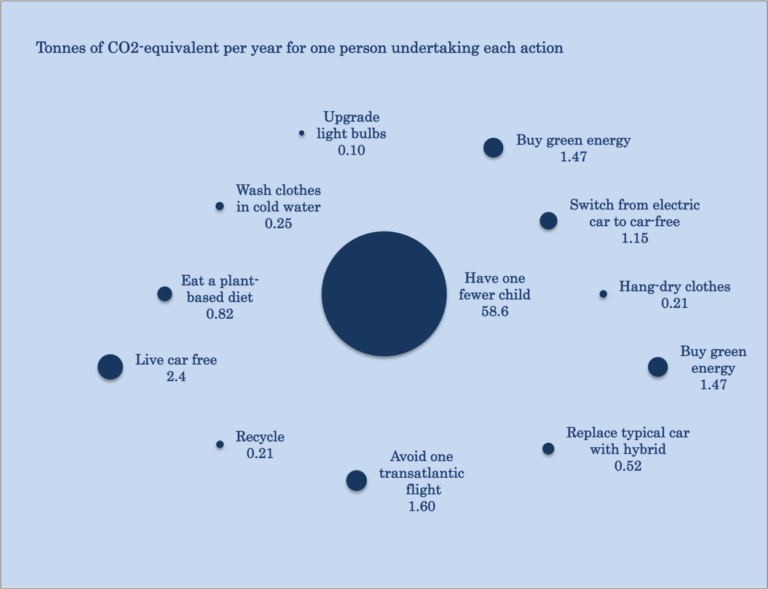
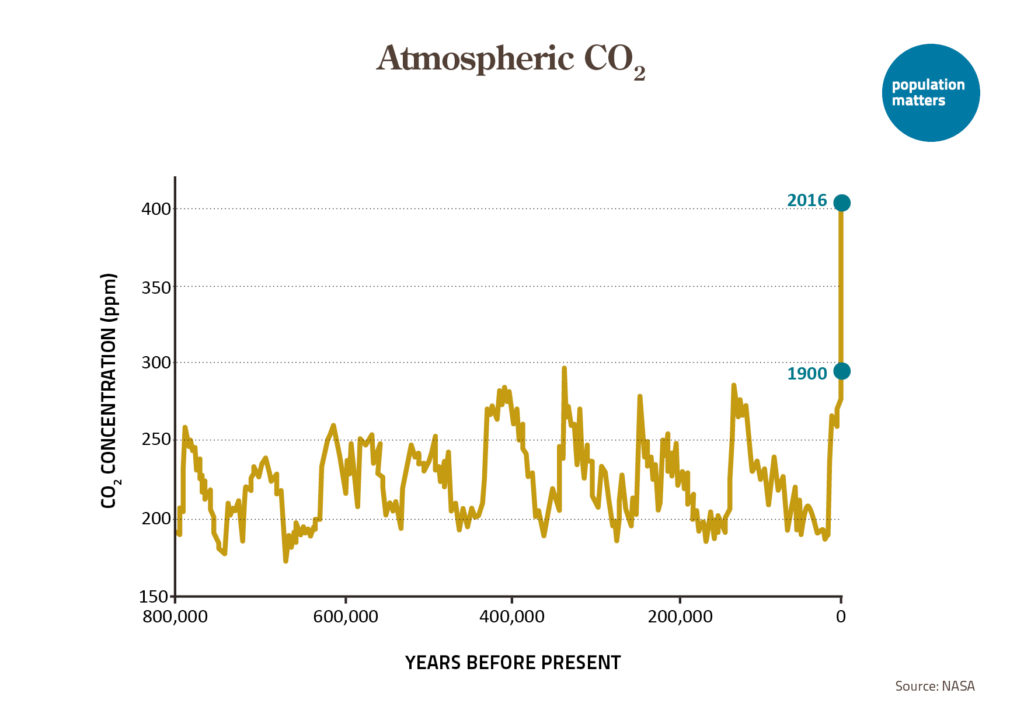
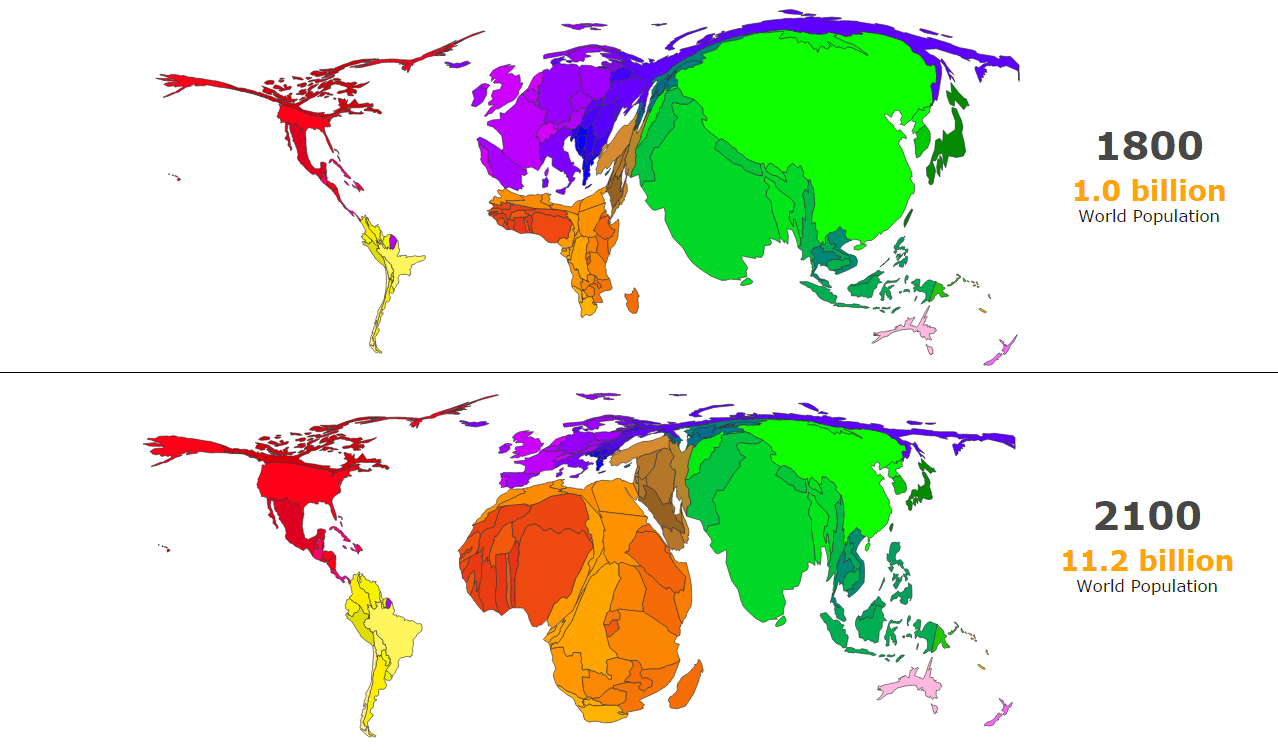
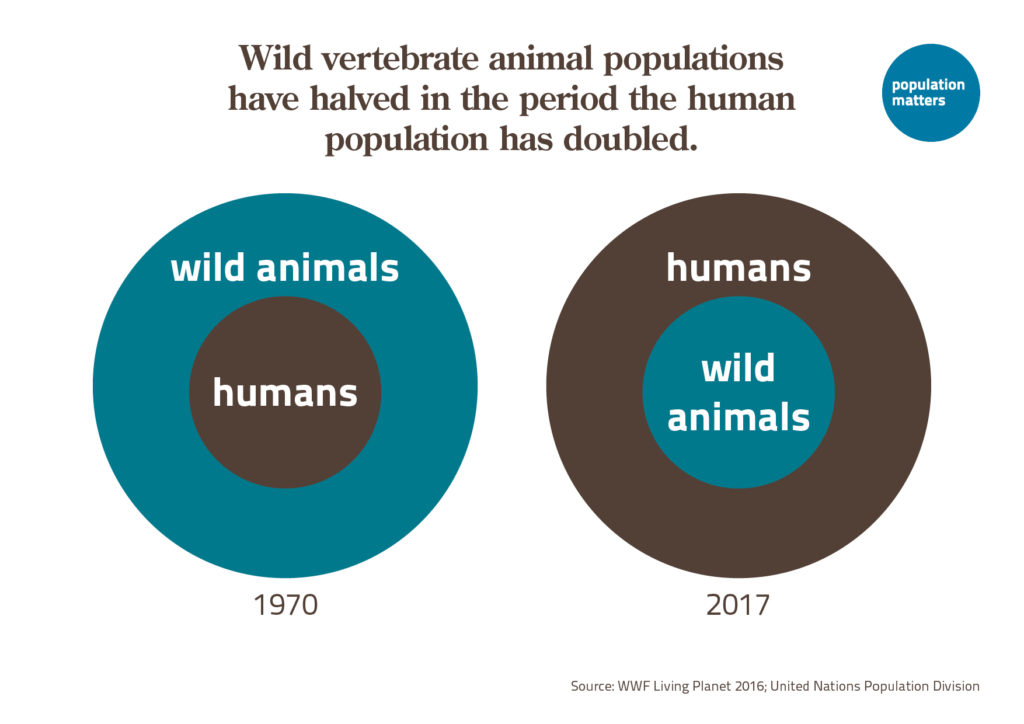
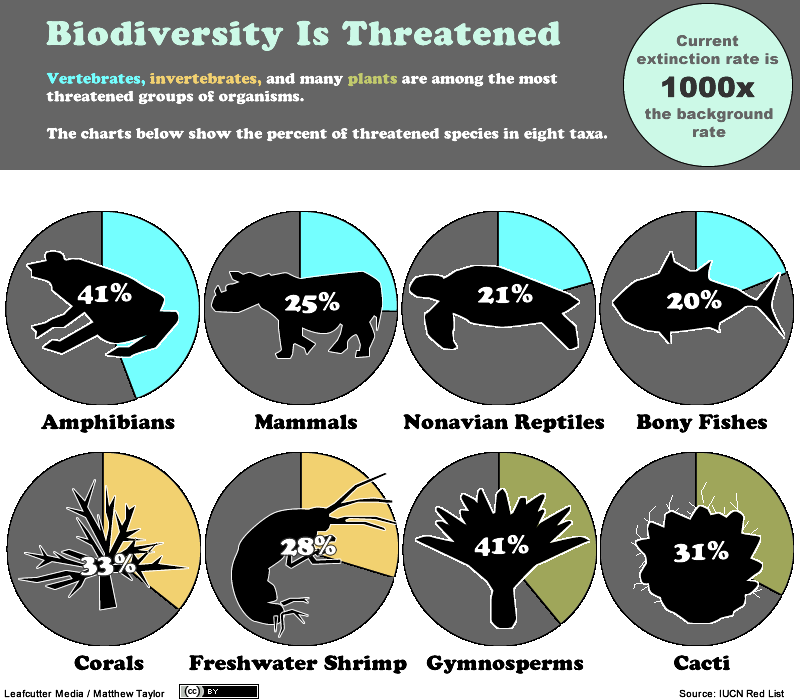

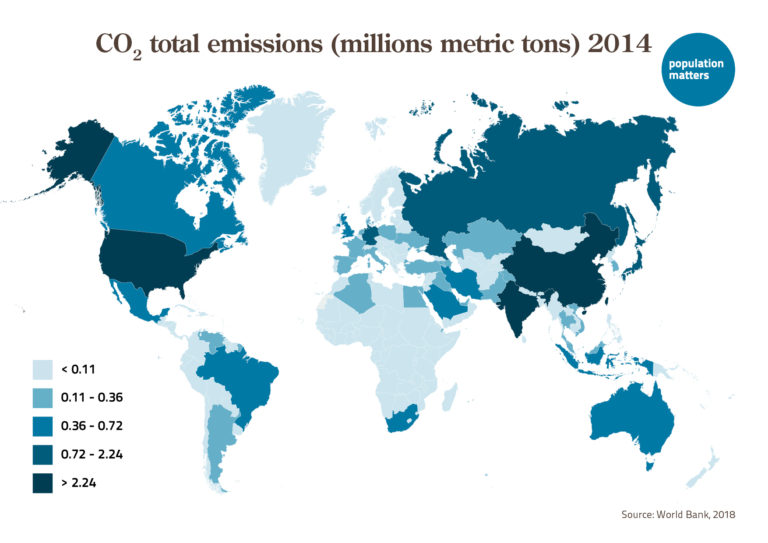

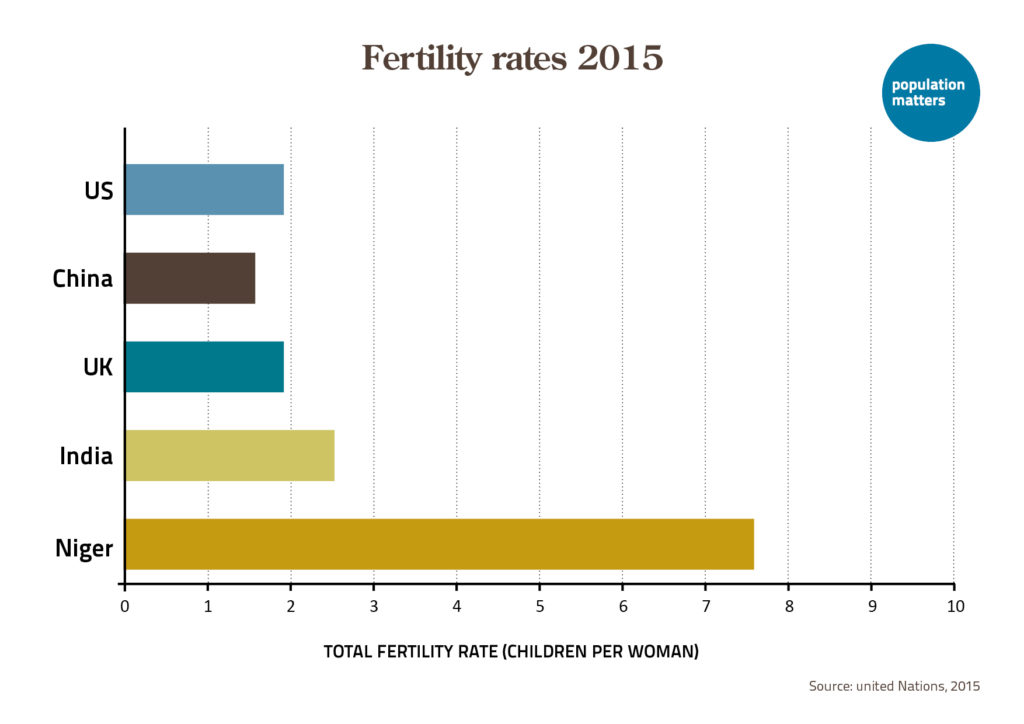
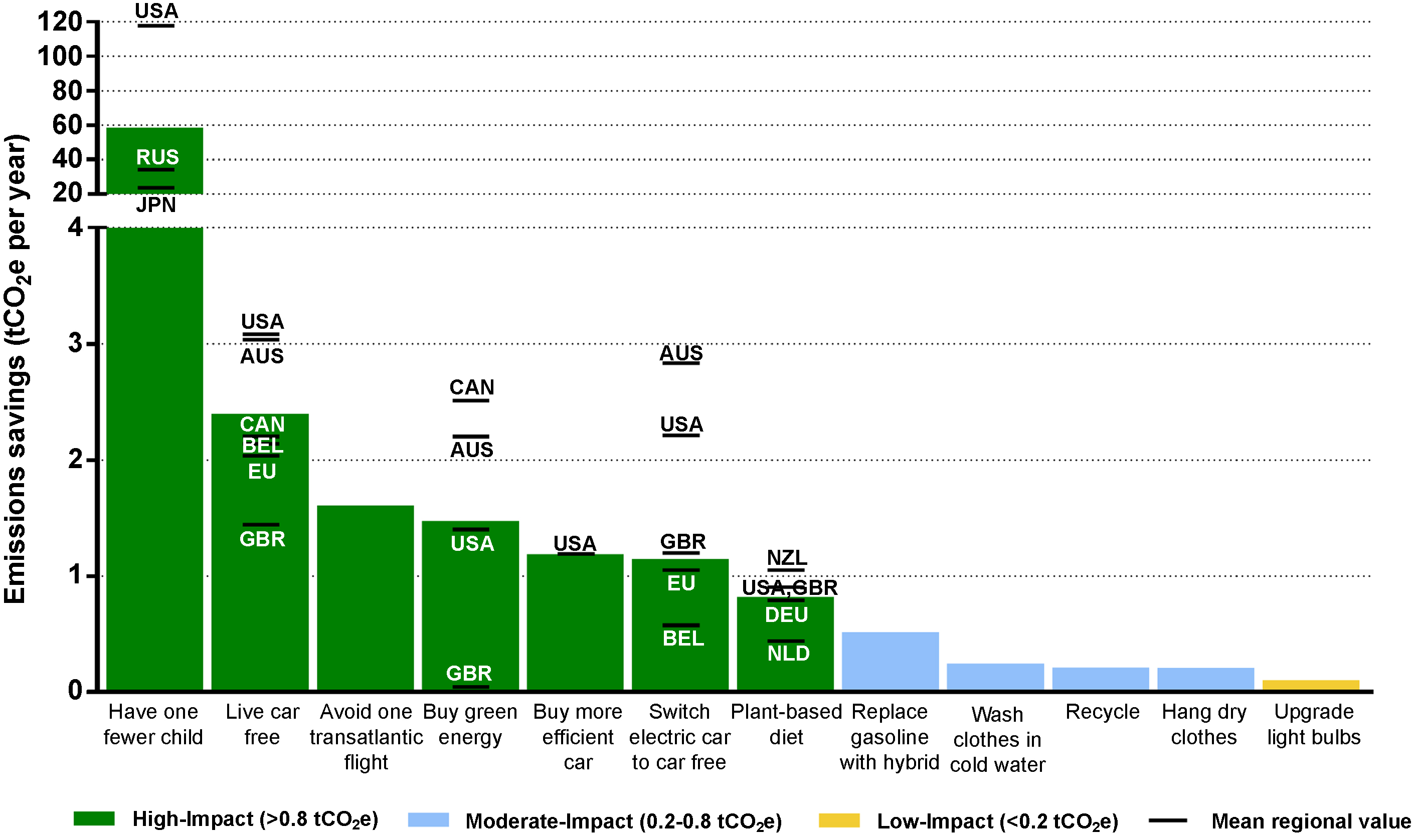



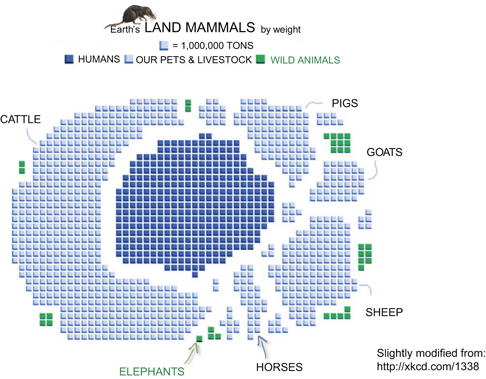

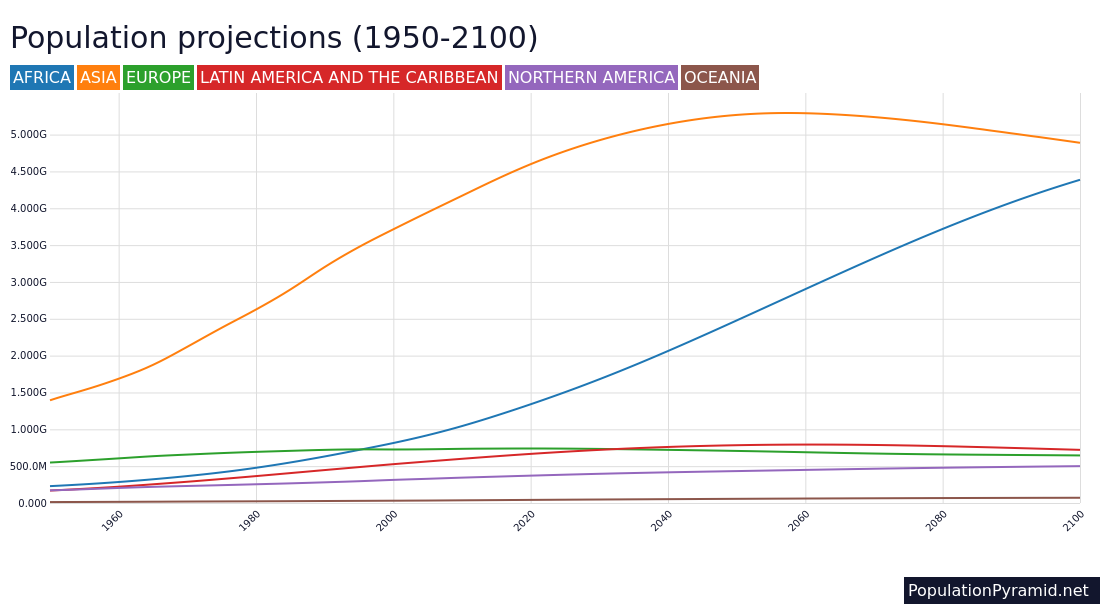
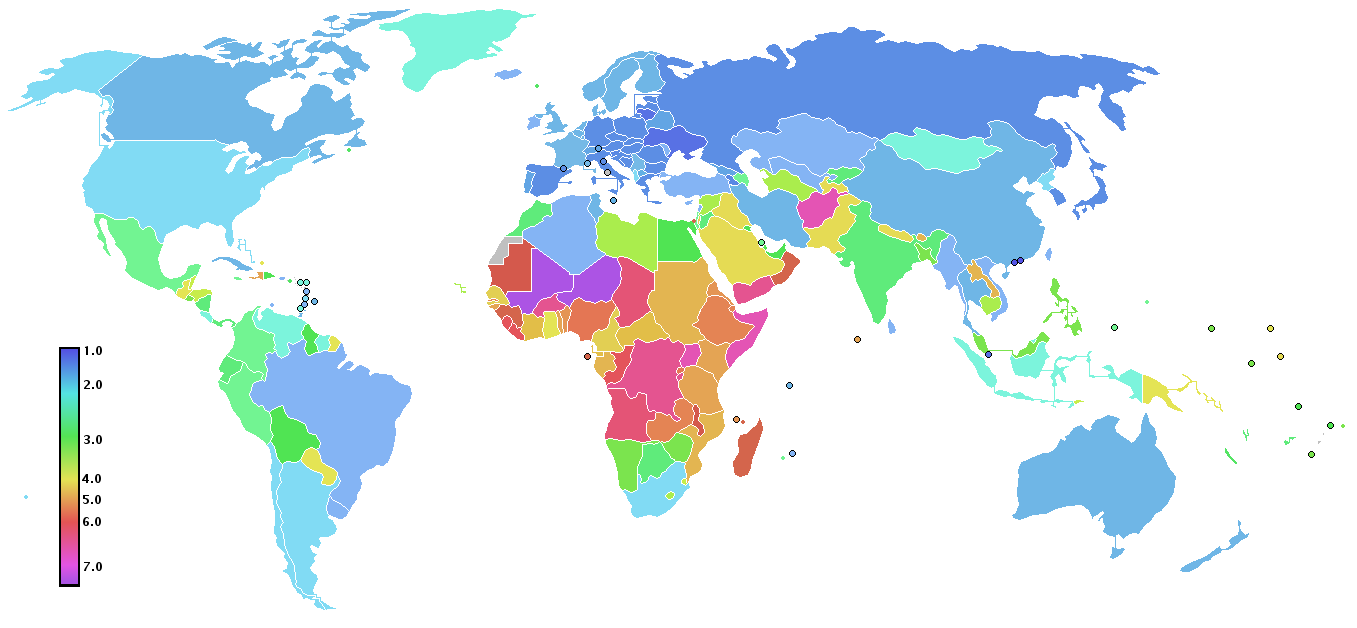
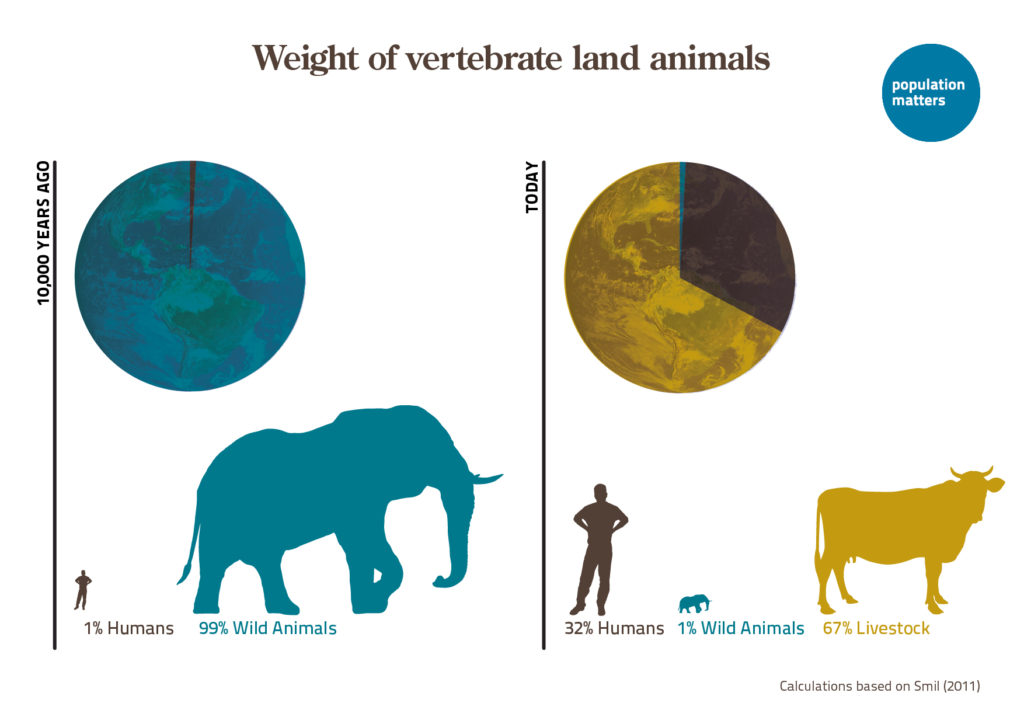

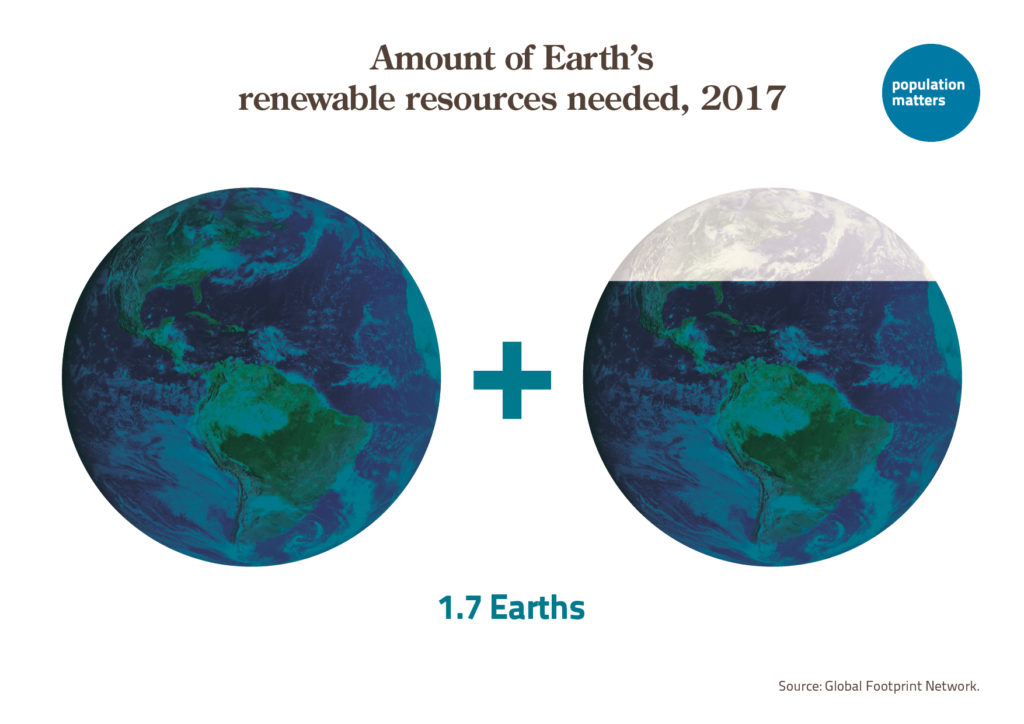


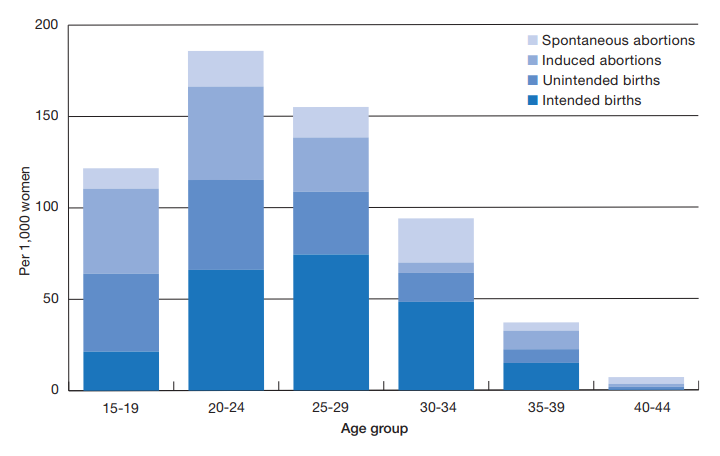
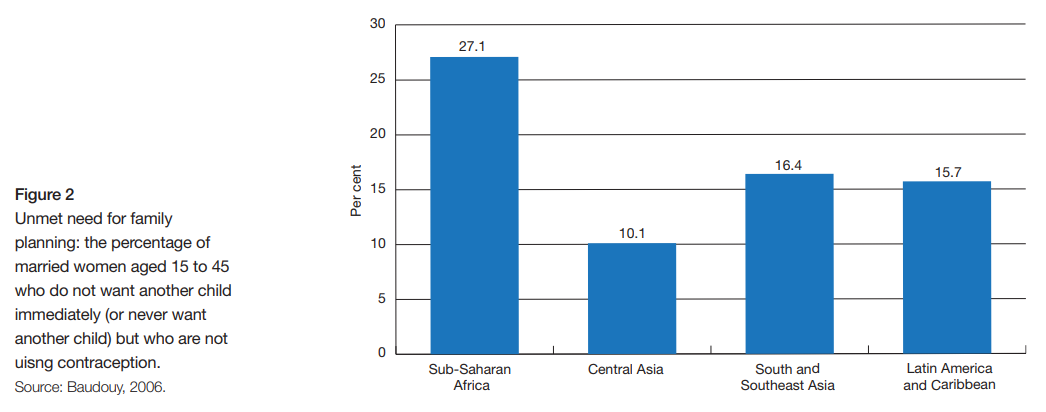
Leave a Reply